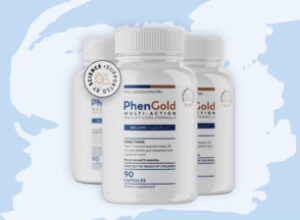What Should My Cirrhosis Diet Plan Look Like?
An important part of your cirrhosis diet plan is to implement a complete abstinence from alcohol. Alcohol simply destroys your liver and will have serious consequences if consumed with cirrhosis.
Your liver has the very important role of converting your food into stored energy that can be used by the body to function properly. When the liver is damaged, it needs to be treated especially well to assume its normal functionality. Part of treating your liver well, is to keep sodium, and simple sugar intake low, and your protein intake high. We’ll get into further detail as to what that means below.
Low Sodium
Your sodium intake typically needs to be regulated and/or restricted with cirrhosis. Unfortunately, this means no salt on your eggs, steak, or ice cream! However, salt is an acquired taste, so, just like any difficult habit it will get easier as time goes on.
The biggest and most difficult hurdle could also be the foods that come pre-packaged with masses of sodium. Foods to be on the lookout for would be your processed meats and cheeses, canned soups, and frozen dinners. Most experts will tell you that 2000 milligrams of sodium per day would be the max you would want to ingest, but always consult your doctor or health professional for the best advice in this regard.
Adequate Protein
Another important aspect of your cirrhosis diet plan will be to ingest an adequate, but not excessive, amount of protein in your diet. Protein is necessary in repairing and maintaining your body tissue, especially your liver!
Many persons dealing with cirrhosis tend to better absorb and use protein from plant and dairy sources rather than from meat and poultry. And, consequently, your diet should reflect that tendency, being comprised of nuts, seeds, yogurt, etc. Large amounts of animal proteins in your diet can lead to a condition called encephalopathy, so your protein intake with cirrhosis should be handled with great caution.
Low Fat
As the largest organ in your body, your liver plays a greatly multi functional role. And, as such, persons dealing with cirrhosis often experience difficulty digesting fat in their diet as well. A good guideline to use for your fat intake would be to try and keep the total calories of fat in your diet to around 25%. And, as a general principle for a healthy diet, and for it’s liver protecting qualities, try to ingest a good portion of that fat from Omega-3 fatty acids, found in food such as salmon, walnuts, and flaxseed oil.
So, What Now?
Now you know what elements of the your cirrhosis diet plan you need to look for, but how do you ensure that you are getting the right nutrition, eating at the right times of the day, and consuming the right foods?
Here are a few basic suggestions:
Eat several smaller portioned meals throughout the day (4 -7), rather than 3 large meals. (much less taxing on your liver) Look for a good multi-vitamin that’s easily soluble, organic, and contains the nutrients your body needs. (to replace those vitamins your liver couldn’t handle) Replace your intake of animal fat and animal protein with some good supplements, such as nutritional bars, shakes, and spirulina. Drink lots of water, get normal rest, and lots of sunshine.






